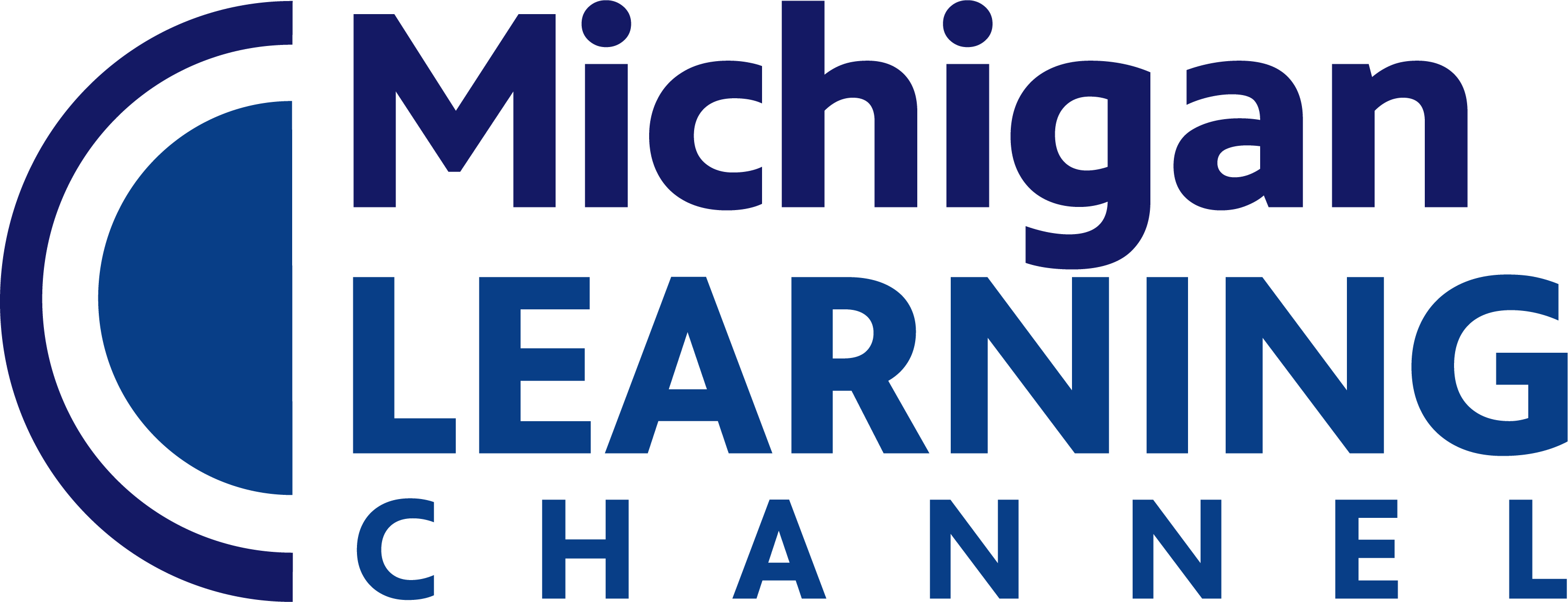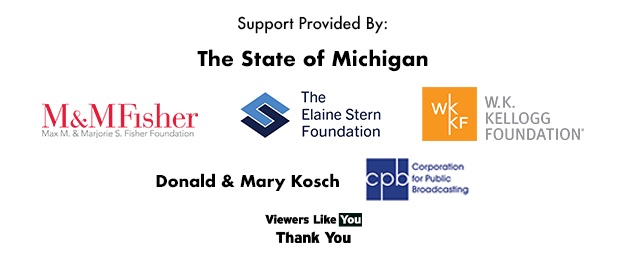Subjects
Shows
Recognize that artwork may serve functional purposes, be purely decorative, or serve multiple purposes.
Analyze how art can be a reflection of society and a response to real world experiences.
Describe how artwork communicates facts and/or experiences of various cultures.
Compare and contrast the visual elements contained in the artwork of particular cultures.
Evaluate the interrelationship between design, trends, events, and the economics of a culture.
Analyze various uses of art globally, in media, business, technology, and industry.
Analyze and collaborate how artists express ideas through the use of visual culture, global perspective, and symbols in works of [...]
Analyze and reflect on the uses of subject matter, symbols, and ideas to express and communicate meaning in artwork.
Discuss and debate how artists from various cultures convey ideas differently.
Incorporate the uses of different technologies to show artistic expression through an original artwork.
Reflect and discuss the visual structures and functions used in personal artwork.
Compare and contrast different presentations from the same time period or cultural context.
Discuss the similarities and differences between live and recorded theatrical events.
Subjects
Shows
Recognize that artwork may serve functional purposes, be purely decorative, or serve multiple purposes.
Analyze how art can be a reflection of society and a response to real world experiences.
Describe how artwork communicates facts and/or experiences of various cultures.
Compare and contrast the visual elements contained in the artwork of particular cultures.
Evaluate the interrelationship between design, trends, events, and the economics of a culture.
Analyze various uses of art globally, in media, business, technology, and industry.
Analyze and collaborate how artists express ideas through the use of visual culture, global perspective, and symbols in works of [...]
Analyze and reflect on the uses of subject matter, symbols, and ideas to express and communicate meaning in artwork.
Discuss and debate how artists from various cultures convey ideas differently.
Incorporate the uses of different technologies to show artistic expression through an original artwork.
Reflect and discuss the visual structures and functions used in personal artwork.
Compare and contrast different presentations from the same time period or cultural context.
Discuss the similarities and differences between live and recorded theatrical events.


